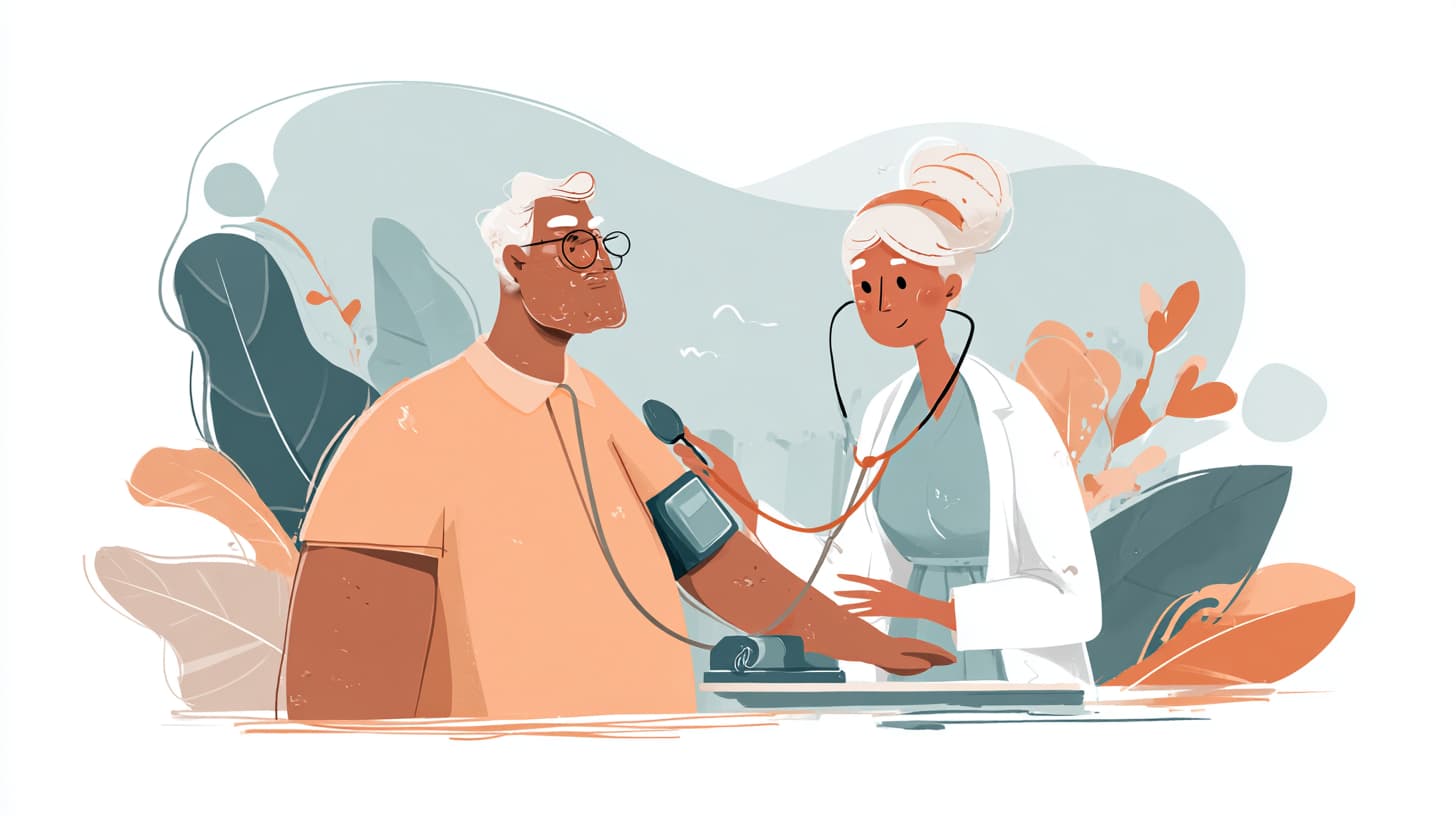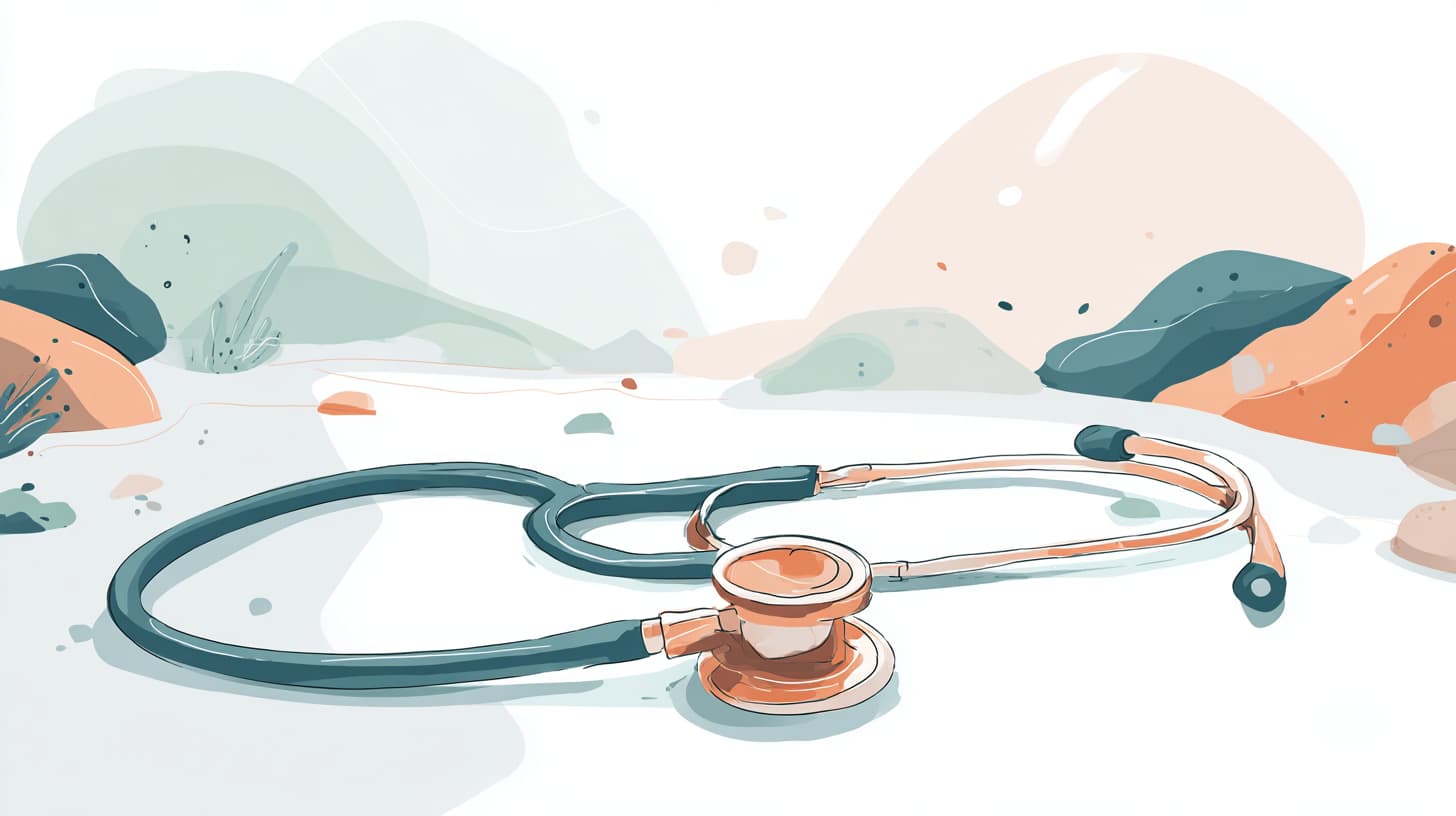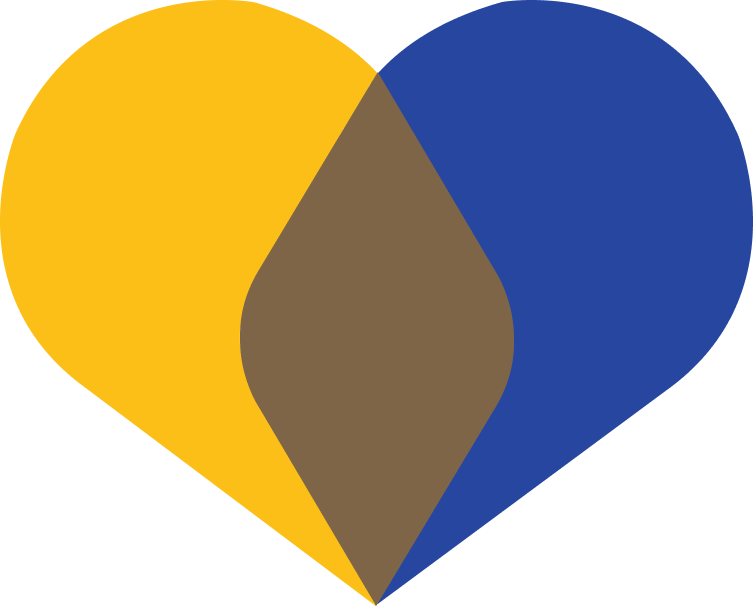A quick guide to telehealth, telemedicine, remote patient monitoring and virtual care

Telehealth solutions have been slowly making a forrey into hospitals, medical centers and doctor’s offices but it wasn’t until COVID-19 pandemic that words like telehealth, telemedicine, remote patient monitoring and virtual care became household terms. New technologies and innovations improve our daily lives and advancements in healthcare are not far behind so if you are wondering what these new healthtech terms mean and how they differ from each other, this quick guide is for you.
What is telehealth?
The Agency for Healthcare Research and Quality considers telehealth a way of delivering healthcare services by using telecommunication technologies and services that support patient care, administrative activities and health education. The CMS defines telehealth as a two-way interactive communication between patients and their care provider at a distant site through telecommunication equipment that supports real time interaction.
In a nutshell, telehealth is a modern way of providing patient care outside a clinical setting that uses telecommunication equipment such as audio or video enabling devices. Video call or a phone call from a physician to a patient to provide some type of care is considered telehealth.
What is telemedicine?
The American Telemedicine Association describes telemedicine as a way of healthcare delivery that uses electronic communication to exchange information between two parties or sites for the purposes of providing patient care. Telemedicine uses technologies to provide medical care to patients remotely and includes services such as digital transmission of medical imaging, remote medical diagnosis and evaluation, video consultation with patients or a care specialist or phone calls as part of post-visit follow ups. Examples of telemedicine are post-discharge patient follow-ups over the phone, medication management not involving a face to face appointment or the provision of various clinical services using secure video or audio.
What is remote patient monitoring?
Remote patient monitoring is a healthcare service that uses connected medical devices such as app-based blood pressure monitors and software that allow automatic electronic data exchange between monitored patients and their medical care team. An example of remote patient monitoring service includes virtual care for chronic patients with hypertension or diabetes who track their vitals during the day and that data is accessible to their care team automatically and in real time via a portal or database.
What is virtual care?
Virtual care is a healthcare delivery model that allows physicians and clinical teams to provide care to patients outside the exam room walls and in a contactless way using video, audio, email or messaging.
How do they all differ from each other?
The terms telehealth, telemedicine, remote patient monitoring and virtual care are often used interchangeably as it collectively refers to caring for patients outside the typical appointment with a physician in a medical practice or hospital. Usually the term telemedicine encompasses all the care service provided via remote patient monitoring, telehealth and virtual care. Virtual care is a subset of telehealth services limited to telecommunication with the patient and remote patient monitoring refers to service that allows a seamless transfer of health readings recorded by a patient to their care provider.
Lara Health offers an advanced all-in-one solution that combines remote patient monitoring and virtual care in one convenient platform. Our customers benefit from task automation, simplified billing and advanced patient engagement, spending more time on patient care and less on everything else.




